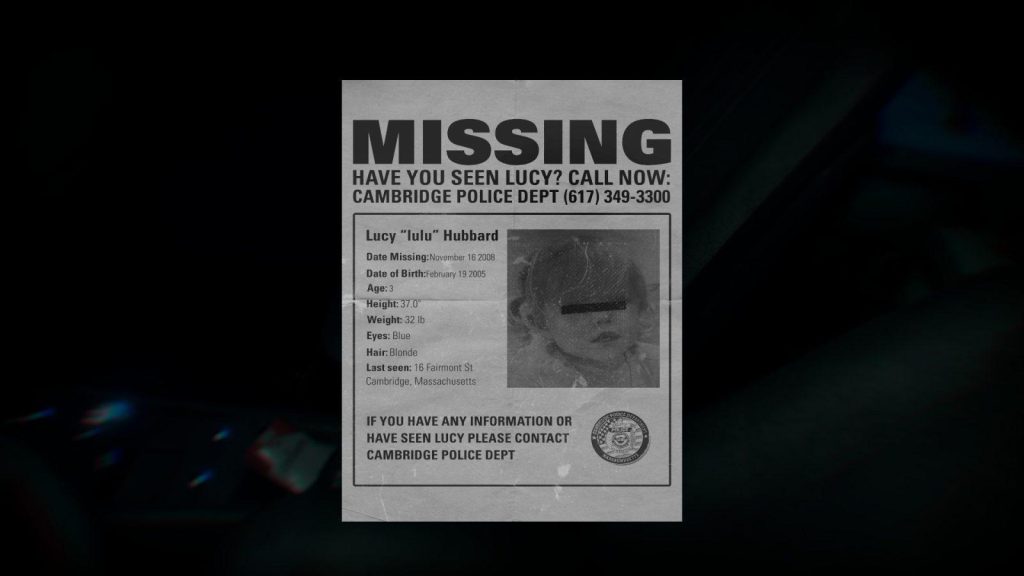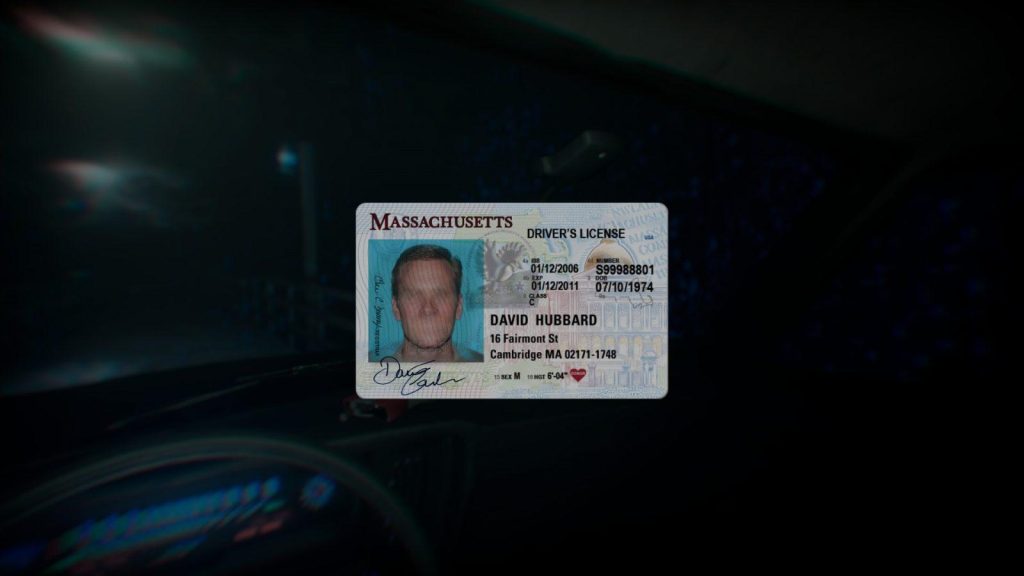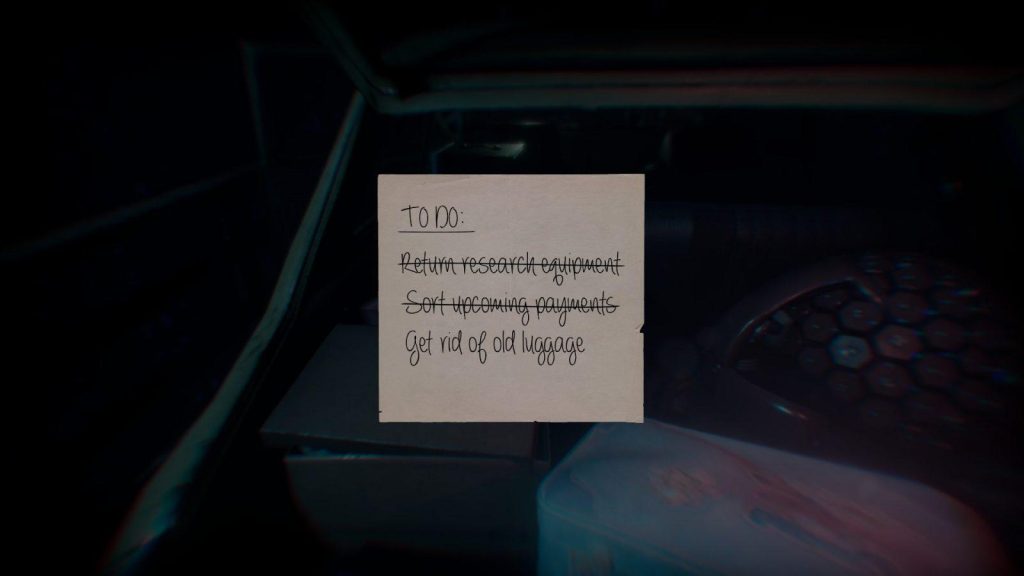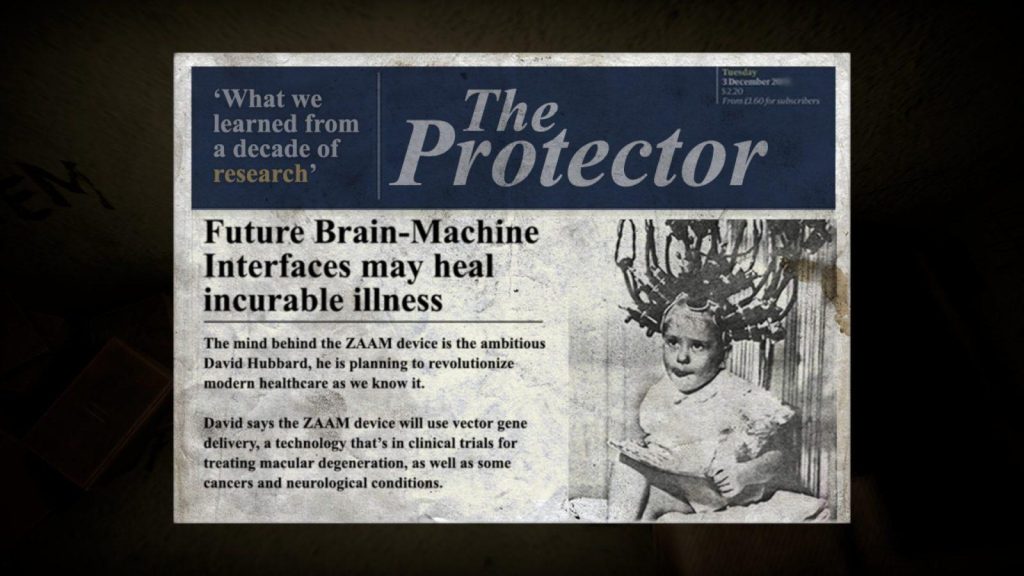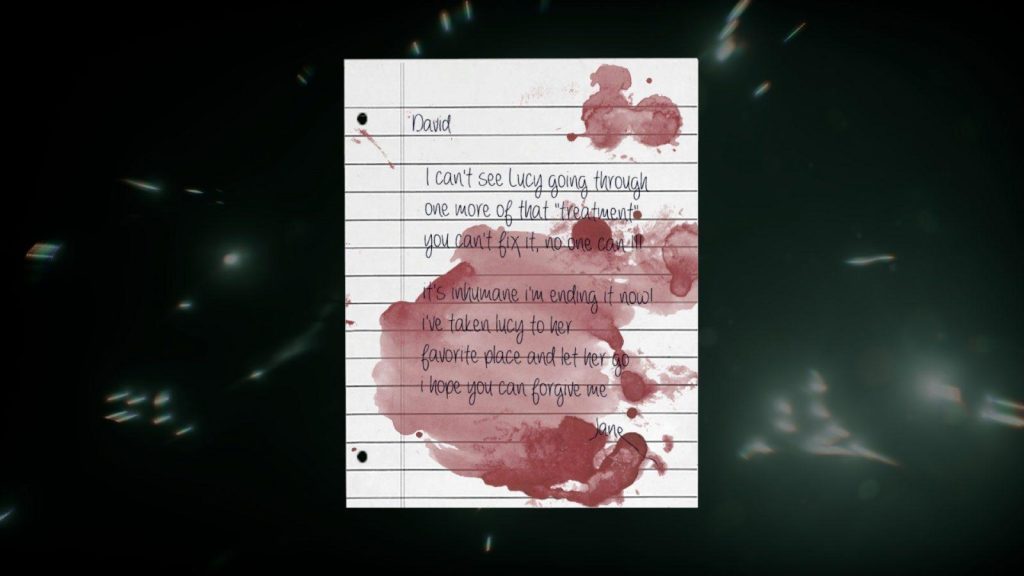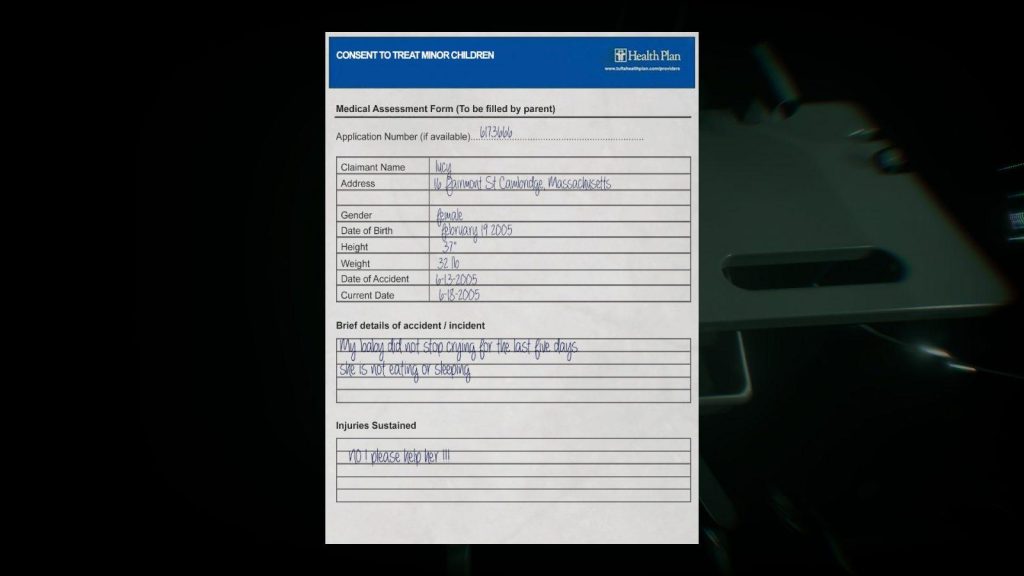ZAAM is a surrealist look at a man recounting the heart-wrenching deterioration of his life. It is not a long game, but one which will stick with you after you play it.
Deciding on a place to begin this review seems strange, given the cyclical nature of ZAAM’s plot structure. The first thing the game asks you to do is “get rid of old luggage”. At first, it seems a seedy act given the late-night, isolated drop-off. It seems like something you’d see in a crime thriller. However, then you realise whose luggage it is. It belongs to a little girl…
What is even stranger is that you can’t “get rid” of the luggage. As you throw it over into the sea, it rises rather than sinking. Then, you are pulled into the strange segments of gameplay which play out everything that has led to this moment…
ZAAM Is A Story About A Man Dealing With Loss
You play as David Hubbard, a man who’s lost everything. His daughter has passed on from a terminal illness, and his wife has taken her own life. ZAAM shows you snapshots of these events through a number of interactive written pieces; these come in the form of Doctor’s Notes, Letters; Hand-Written Notes, and more.
ZAAM’s narrative isn’t the most ground-breaking; however, it’s handled well. As tragic as it is, a dead or missing child is a common-place narrative feature in first-person, puzzle-based, psychological thrillers. A lot of the time, these titles also include degrees of the supernatural to better-represent the emotional turmoil the protagonist is going through. Sometimes it is used to explain the dead (or missing) child… However, in ZAAM, it is used to help better explain David’s desperation.
In the game, ZAAM is a strange piece of machinery David is trying to use to save his daughter’s life. Ultimately, it fails and drives a wedge between him and his wife. It is initially quite difficult to see how the more supernatural segments of the game match-up to those more grounded moments. However, by the end, you learn to appreciate the alternative way of displaying the emotions and events of the narrative. It’s cleverly done, but only something I found myself appreciating by the end. ZAAM isn’t a long game, but its lack of any sort of instruction might appear off-putting to some. If you’re stuck on a section, then don’t expect any help.
Graphically, ZAAM Surprised Me
If you have read any of my reviews before, you’ll know I can be a little harsh when reviewing the graphics of a game. Thankfully, ZAAM was surprisingly very aesthetically pleasing. The textures weren’t the best I’ve ever seen, but they were more than enough for a game with such a small development team. Particularly, the use of lighting throughout was fantastic. This, alongside the water physics, truly made for a fantastic experience. The lack of a HUD meant you could fully appreciate the atmosphere that the ZAAM team were going for.
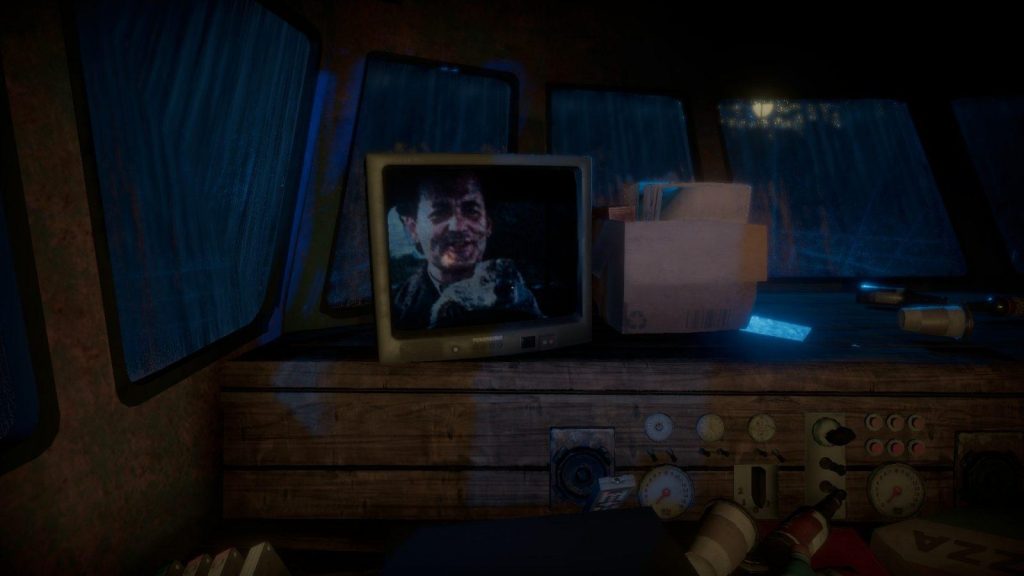
The only issue I had was the way David’s daughter, Lucy, looked. She appears as a foetus, as a young child, and on her deathbed. The character models aren’t anything groundbreaking, and that is okay, but Lucy doesn’t really have eyes. It’s kinda terrifying, to be honest. On top of the largely dark environments and the strange situations, Lucy not having proper eyes just exacerbates everything unnecessarily.
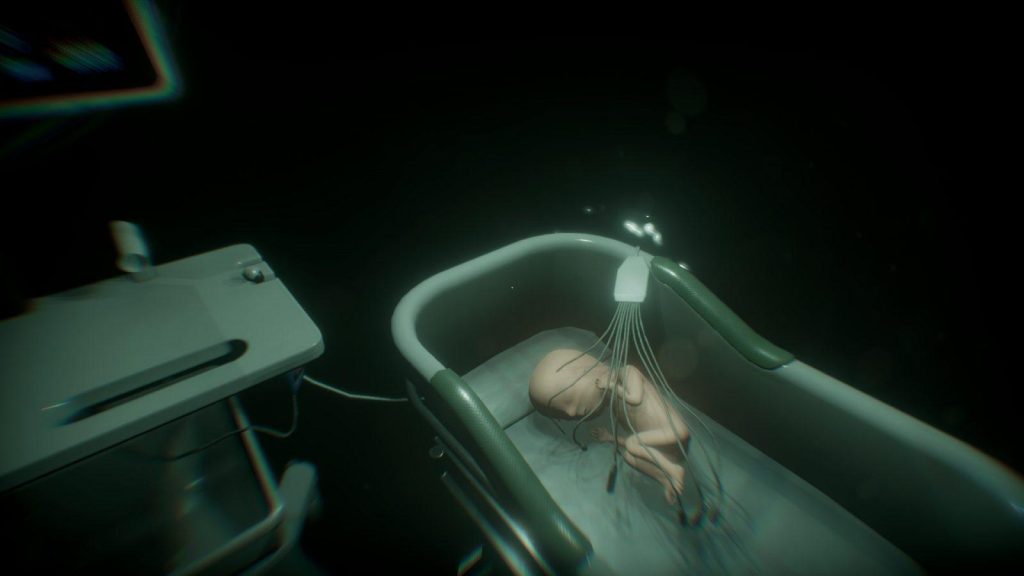
There Isn’t Anything Surprising When It Comes To The Gameplay
If you have ever played a first-person, indie psychological thriller, then you’ll know how to play ZAAM. It’s beyond simple, but thankfully this doesn’t damage your experience. ZAAM wants you to focus on the story it is telling and the emotions it is trying to evoke. It doesn’t want to make the game a chore to play, and the simple gameplay succeeds in this respect. The parts of the game that are puzzles are handled well, too.

A lot of the time, it is essentially a game of exploring environments and figuring out an order of processes. For example, at one part, you need to cook pasta. It isn’t complicated, but there is an order to things. You need to get the Cooking Pot, fill it with water, and chuck it on the hob. Then you have to turn on the gas, and then turn on the hob. Then you find the pasta and stick it in!
The challenge of the game is presented in two ways. You have to find the items and complete the task in the correct order, but you also have to work out what you need to do. ZAAM is full of interactive items, most of which do very little. You have to use the in-game items, all of which contribute to gradually explaining the plot, in order to figure out what to do next.

The narrative itself is also fairly non-linear. With each of the four main segments branching off of the main “Boat Level”, you can theoretically complete them in any order. I am sure the way I played through is most-likely the most popular order, but ZAAM does not limit your enjoyment of the game if you choose to explore further at the beginning. It all contributed to the disconnected narrative that only really comes to fruition in the latter stages of the game.
I Did Have A Couple Issues, Though
Primarily, these issues revolved around the actual running of the game. It played fine, for the most part. However, on two occasions, it crashed during a loading screen. One of these times, it went as far as offering up the “blue screen of death”, but it didn’t crash fully. I won’t pretend to understand it, either. When it did crash fully, though, I had to restart the game. This was slightly annoying, but as it was only after ten-or-so minutes of gameplay… I wasn’t too vexed by it all. The game also did push my PC a little, which I have found is not too unusual with indie titles. It could be an optimisation issue, but either way, I’m not going to use this to negatively reflect the title.
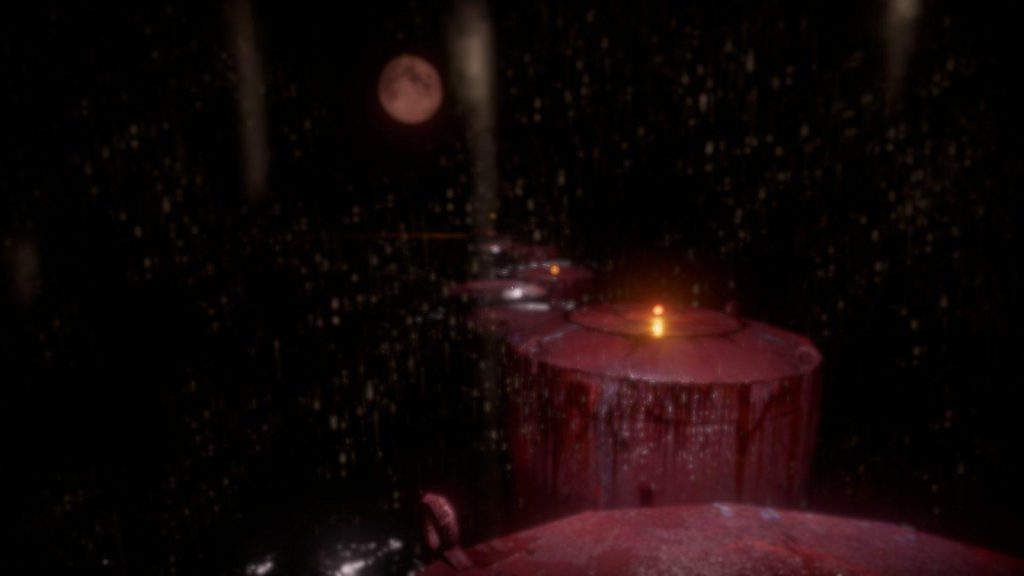
What I will, though, is the game’s ledge detection. There is only one segment in the game which requires you to jump between platforms, thankfully. I found myself falling a ridiculous amount for a task so trivially easy. I found that if I was getting too close to the edge during my running jump, I would simply not jump. It irritated me, and I know it is most likely due to my reaction times as the game’s programming. So… It isn’t a game-ruining moment.
Before My Final Thoughts? I Managed To Ask ZAAM’s Writer & Director, Alon Zubina, Some Questions
ZAAM puts the player in the shoes of a protagonist that has suffered and is suffering still. But it is more than a two-dimensional story of loss. There is pseudoscience, hints of mysticism, and an overbearing mystery behind everything. Firstly, I asked Zubina about his inspirations for ZAAM and whether there was something more real behind the game’s wilder moments.
“ZAAM was originally inspired by two high-profile cases… The Disappearance of Madeleine McCann… and, The Disappearance of Rose Pizem.”
The McCann Case remains unsolved, while the Pizem Case has led to the incrimination of the parents. Zubina commented on the unsettling undertone of both cases and felt it would be interesting to place the player in a similar situation.
“[The Player] can decide for themselves how and why these stories happen, and if any resolution can be found.”
Zubina, understandably, didn’t want to go into the personal experiences which influenced the narrative. However, he did comment that he felt that he needed to deal with the loss he felt through a creative avenue. He needed to appease and deal with his pain.
I Then Asked How He Found The Writing Process, Given The Personal Nature Of The Narrative
“The writing of the story was very difficult on a personal level, and in a practical way… Trying to combine the story with my personal experiences was hard. There were lots of drafts, but finally, I felt I got the result I wanted.”
“If There Was Something You Could Add To ZAAM, In An Ideal Situation, What Would It Be?”
Here, Zubina commented on the endless attractions of the creative process. “There is always stuff that I want to add”, he began. However, he noted that there comes a time in every creative process where you have to decide to stop working. “90% done and delivered is better than 100% done but never released”. I found this an interesting statement to think on. It was never something I considered myself, in relation to game development anyway. However, it makes sense. Arguably, nothing is ever fully perfect. I know that every time I read back a review; there are ways to improve, but much like Zubina and ZAAM, you have to decide when you’ve done enough and deliver the product. I don’t think Zubina has anything to worry about, however, as I didn’t think there was anything significant missing from ZAAM.
After this, I Questioned Zubina On The Inclusion Of The Game’s Seemingly Non-Essential Side Activities
Throughout ZAAM, there are a number of smaller activities you can complete that don’t appear to directly relate to the narrative design. For example, you can water some flowers on the Boat Level, or you can interact with the Television and put several VHS Tapes into the Player. They only display glitching still images from the movies they are supposed to be, but it is a nice touch!

Zubina answered this question simply: “Yes, there is [meaning], but this is open to interpretation by the player”. Every interaction in ZAAM offers information about the protagonist and the narrative, which Zubina reinforced. “It encourages the player to explore every small detail in the game”, so that they can piece together the story. It also helps to flesh out ZAAM, offering more content and achievements to players.
Finally, I Asked About The Elephant In The Room, Well… The Whale On The Boat…
“The killing of the whale is brutal, as life sometimes is. The meaning of this act is open to interpretation, and the player should decide his own meaning for that.”
I found myself relating The Whale to David’s daughter, Lucy. It is hooked up to an extra-large IV Drip, similar to the one you see Lucy with later in the narrative, and David has to kill it in order to get its heart. ZAAM is all about David reflecting on important moments and objects in his life, four of which get put into the ZAAM Machine throughout the narrative. The Whale’s Heart is, in my mind, undoubtedly a reflection of Lucy’s “big heart”. It may be a little unusual, and graphic, however, it is an overbearing symbol which stuck with me throughout.
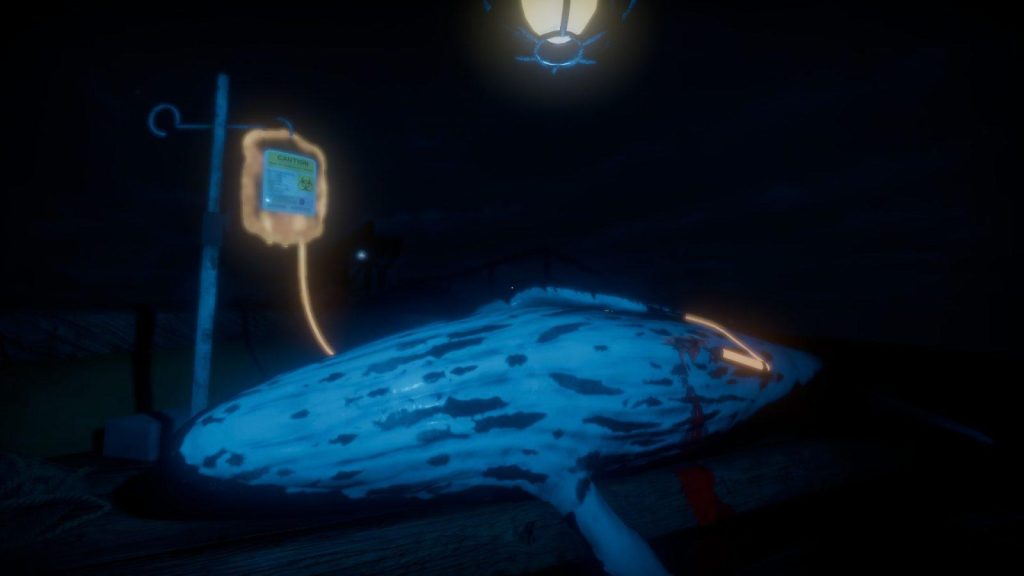
Final Review
[penci_review]
ZAAM is an emotionally-testing experience which was both nice to look at and nice to play. It wasn’t too long, but this was to its benefit. ZAAM kept the narrative concise and invited enough questions to make me want to go back and replay it. It may seem confusing on the surface, but its mystery carries you through to the strangely satisfying end.
Like what you see? Don’t forget to share our work with the buttons below! Also, be sure to follow @GamezoGG on Twitter and check out our YouTube Channel for more great content from the Gamezo Team!


